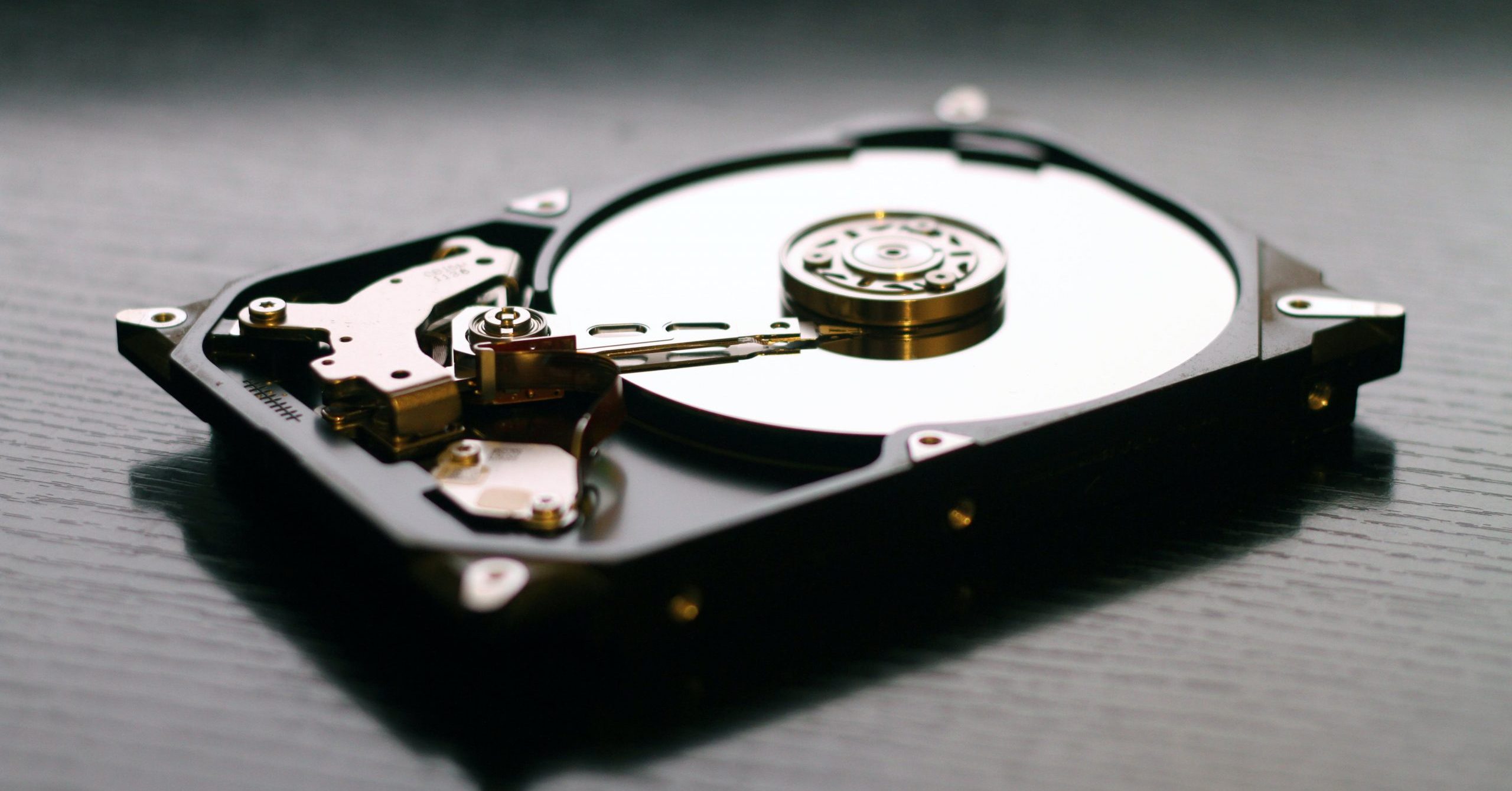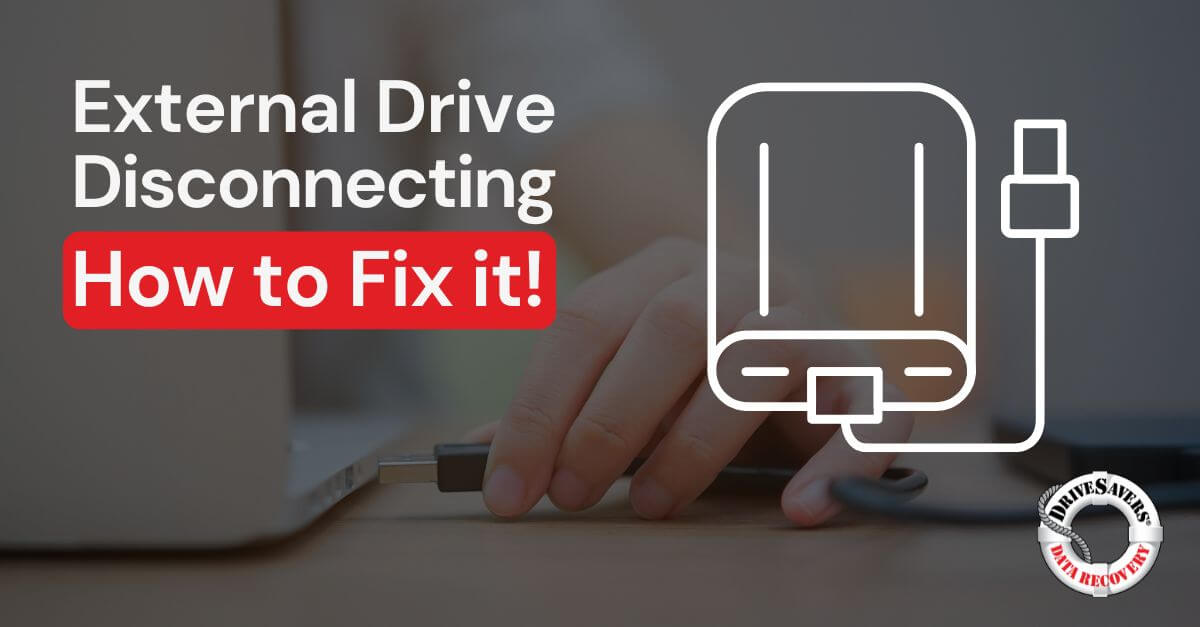Discover chilling tales of broken and damaged phones—rescued from fire, ice, and more by DriveSavers expert phone data recovery. Learn how lost data, photos, videos, and messages can be retrieved even from shattered Android devices and iPhones.
How Does a Hard Drive Work?

The first hard drive was invented by IBM in 1956. Since then, this piece of technology has completely transformed the way we compute, work and live.
Hard disk drives have been in a nearly constant state of change for the last seven decades. Manufacturers are on a near constant quest to decrease their physical size and cost while increasing their data storage capacity. Considering the average 1GB flash drive today costs less than $5—down from $849 for a 1GB external hard drive sold by Seagate in 1995—it’s safe to say significant progress has been made.
So how are they doing this, what does a hard drive do and how does a hard drive work, anyway?
What does a hard drive do?
You may think you already know the answer to this question. Hard drives store your data, right? Although technically correct, hard drives do a lot more than simply save your information. Put in extremely simple terms, hard drives read and write data.
Hard drives use a complex system of magnets and motors to read and write data in binary code, a computer language composed of a combination of “0” and “1.” Binary code is a fundamental building block of computing. Once data is converted to binary code, the information is spread over the hard drive’s thin magnetic layer. The data is then read and written by a head powered by a high-speed motor.
Information is written to the hard disk drive when an electrical current travels through the heads and imprints binary code onto the hard drive’s magnets. To read data, the process is reversed and electricity travels from the magnets to the read heads to translate the binary code into the user’s recalled information.
This process, although seemingly complicated, consists of several simple elements. But if you really want to know how does a hard drive work, you must understand the parts that make up the whole.
Components of a hard disk drive
There are many different types of hard drives out there, and most of them follow the same basic operational formula. Here are the parts making a hard disk drive tick.
Component #1: Platters
The platters are where the data is stored. They’re double-sided circular discs made of aluminum, glass or ceramic that have been magnetized to store data. Most hard disc drives contain one to five platters. A good rule of thumb: the heavier the drive, the more platters the drive contains.
Modern hard disk drives have two disk heads, one on the top and one on the bottom, to read and write data to each platter. The platters’ information is organized in tracks, sectors and cylinders. These disk heads never come into direct contact with the platters, because even a small amount of friction or a speck of dust could damage a drive.
Component #2: Spindle
Spindles work to rotate the platters when needed and to keep them in position. Most standard hard disk drives have spindle speeds of 7,200 RPM, although spindle speeds can range from 5,400 to 15,000 RPM, depending on the drive. The faster the spindle, the faster the hard drive can read and write data.
This part of the hard disk drive works hard to maintain a specific amount of space between each platter so the read/write arm can fit.
Component #3: Read/Write Arm
We’ve already mentioned the read/write heads, the parts of the hard disk drive that save and recall data from the disk. The read/write arm controls the read/write heads by ensuring they’re in the correct position to read or write data.
This part of the hard drive is also known as the head arm or actuator arm.
Component #4: Actuator
The actuator is quite literally a motor. This component receives instructions from the drive’s circuit board and moves the read/write arm accordingly. The actuator is what ensures the read/write heads are in the right place at the right time.
Hard drives from the ‘80’s used something similar called a stepper motor actuator. This component moved the heads based on a motor reacting to stepper pulses. Today, actuator movement is controlled by a voice coil actuator to control the movement of a coil toward or away from a magnetic platter.
Component #5: Printed Circuit Board (PCB)
The hard drive is powered by electricity, but how? The PCB is the brain powering the hard drive. This component has a microprocessor and an associative memory that converts electrical signals to digital signals.
PCBs hold components delivering power to each part of the hard disk drive at the right time and direct the flow of data to and from the platters and much more.
Component #6: Interface
This part of the drive connects the PCB to the hard drive itself. The interface is one of the leading factors impacting hard disk drive speed. Speed is ultimately determined by what type of interface is within the hard drive. Here are a few of the leading options:
- ATA/IDE: This was the most common PC interface until 2005.
- S-ATA (Serial ATA): This replaced the ATA/IDE and has increased hard drive speed.
- SCSI (Small Computer System Interface): This type of interface is designed to connect various peripherals through an adaptor or SCSI controller.
- SAS (Serial Attached SCSI): is the updated version of SCSI, designed to transfer data from and to hard drives.
Hard disk drive failure
Just like every other electronic device, hard drives do have a risk of failure. They can succumb to logical errors from software or firmware, mechanical damage from breakage or exposure, or simple wear and tear when a spindle or other essential component wears out.
The possibility of hard disk drive failure is why you always need to be prepared with a backup copy of your data! We recommend using a combination of an external hard disk drive and cloud-based backup service so your data will be safe and secure—no matter what happens to your local drive.
If your hard drive fails, and you’re without a backup, there’s still hope. A qualified data recovery professional can work with you to retrieve your data. Contact a data recovery specialist today to save your information.




